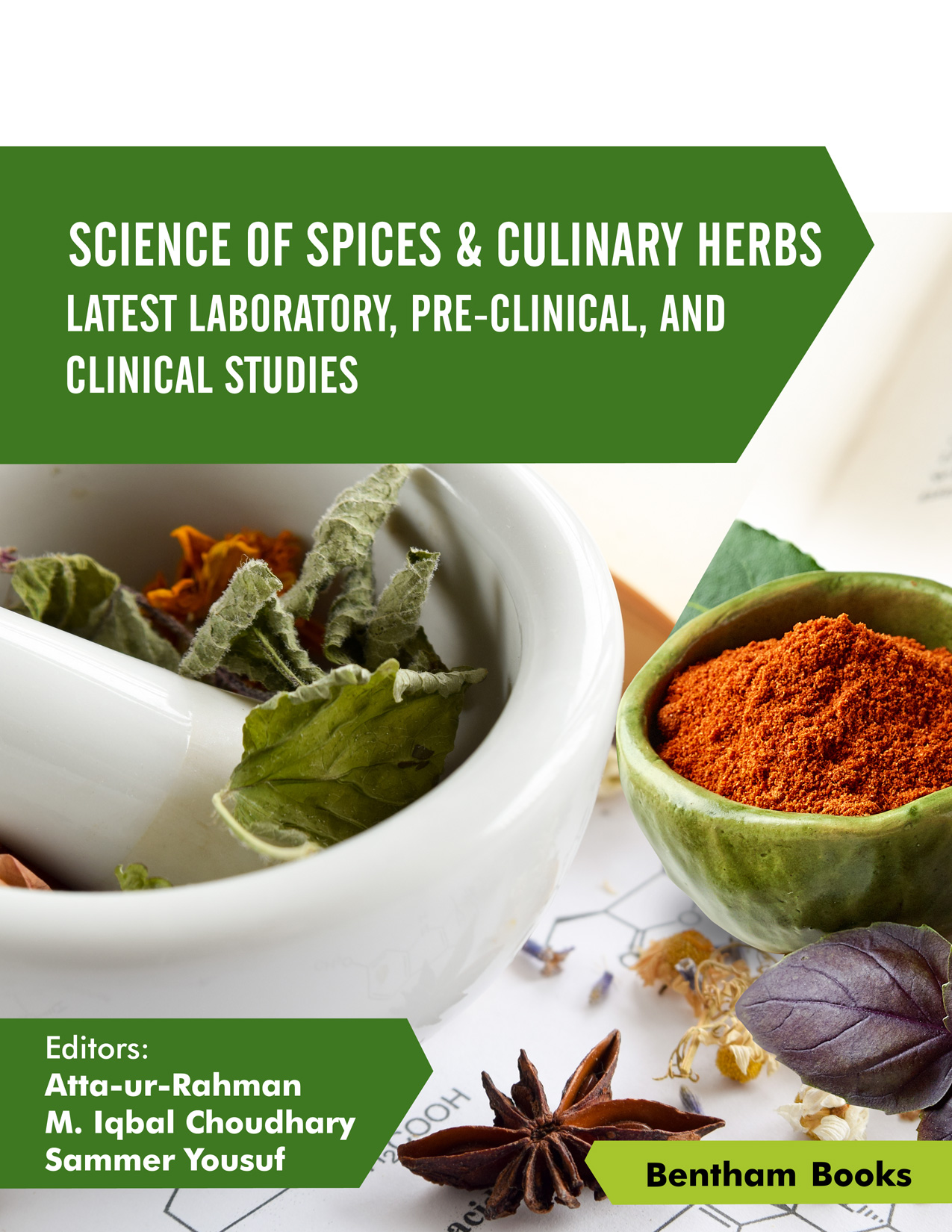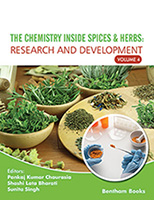Preface
According the World Health Organization, the overwhelming majority of people, both in the developed and the developing world, rely on alternative and complementary medicines and botanicals for the prevention and treatment of diseases. The world market of botanicals already exceeds 100 billion USD with a CGAR of 21.7%, making it one of fastest growing industries globally. With the importance of herbal products in health and economy, the field is receiving much attention of the scientific community, particularly with respect to safety, efficacy, standardization and method development towards regulatory compliance. Culinary herbs and spices have several added advantages over other non-dietary herbs. Since they are nontoxic, palatable, and culturally acceptable, they therefore occupy a high place in the global business of botanicals. These fascinating herbs are now used in all kind of products, including nutraceuticals and health supplements. Personal care items, beverages, aromatherapy products, fragrances or cosmetics are other fields in which they are commonly found. The key objective of this book series entitled “Science of Spice & Culinary Herbs” is to provide a comprehensive account of the most recent scientific researches, carried out on the most common spices and dietary herbs. The first three volumes of the book series have received immense appreciation and overwhelming interest. The 4th volume of the series contains five comprehensive review articles, covering scientific studies on pharmacological, clinical and industrial uses of several common herbs and spices.
The review by Boskabady et al is focused on recent studies on molecular and cellular aspects of anti-inflammatory, antioxidant, and immunomodulatory effects of Curcuma longa, commonly known as turmeric. These studies firmly establish the therapeutic potential of this well-known spice against various diseases. Flax seeds (Linum ustatissimum) have attracted major scientific and general interest in recent years due to the omega-3-fatty acid and fiber contents which make it an attractive health food. Chandra et al have contributed a review on pharmacological and clinical studies on flax seeds in the context of their lipid lowering, anti-oxidant, anti-obesity properties as well as their role in prevention of cancers, cardiovascular, cerebrovascular, and gastrointestinal diseases. Mohi-ud-din et al have reviewed the pharmacological, clinical and phytochemical studies carried out on the globally popular traditional spice Nigella sativa (black cumin) and its main phytoconstituent thymoquinone, demonstrating iys potential for the treatment of various diseases. The Article of Escobedo-Bonilla covers an interesting aspect of the usefulness of essential oils of Mexican oregano (Lippia species) as antimicrobial agents for aquaculture industry, thus avoiding the use of synthetic antibiotics and biocidal compounds. Last article in the volume is centered around the pharmacological properties and medicinal benefits of curry leaf (Murraya koenigii). The authors (Mir et al) has also provided details of various phytochemicals obtained from this flavoring herb used in South-Asian cuisines.
We wish to express our profound gratitude to all the authors for their excellent contributions. We would also like to thank the excellent team of Bentham Science Publishers, particularly Ms. Fariya Zulfiqar (Manager Publications) and Mr. Mahmood Alam (Editorial Director) for the timely completion and release of the 4th volume of this important book series. We sincerely hope that this volume, like the previous volumes of this book series will contribute to the better understanding of the immense health benefits of spices and culinary herbs, nature’s gifts to humanity, and trigger further research and development in this important field.
Atta-ur-Rahman, FRS
Kings College
University of Cambridge
Cambridge
UK
M. Iqbal Choudhary & Sammer Yousuf
H.E.J. Research Institute of Chemistry
International Center for Chemical and Biological Sciences
University of Karachi
Karachi, Pakistan





